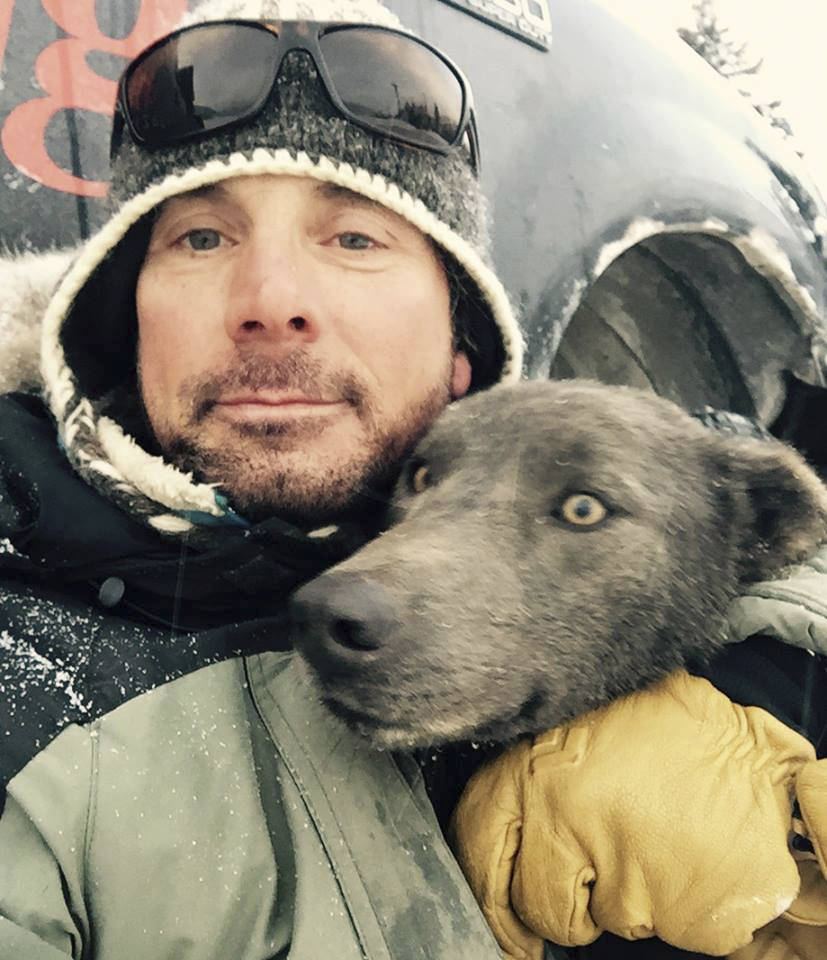When Greg Sellentin and his team of dogs raced through ice and snow, temperatures were as low as 30 below. Despite the cold, they raced for days across the Alaskan countryside.
“The competitions I was interested in were about 20-30 miles a day, and you could have as many dogs on your team as you wanted,” said Sellentin, the guest speaker at the Rotary Club March 22, the day before National Puppy Day.
Sellentin moved to Friday Harbor recently to work as a graphics designer at the Journal. His interest in dog sledding was inspired after seeing the statue of Balto, a legendary snow dog, in New York’s Central Park. Suddenly he found himself the proud owner of a Siberian husky.
From 2005 to 2016, Sellentin lived full time in Alaska, participating in dog sledding competitions every weekend November through April. He was the first person to breed Scandinavian hunting dogs with Alaskan huskies in the states, this creating a dog that was hard wired to pull a sled while achieving speeds up to 20 miles an hour. He explained that there are two branches of the dog sledding sport, the long and slow races. The iditarod for example is a slower, long endurance race, which Huskies excel at, versus shorter faster races the hunting dogs were more adapted for. Sellentin explained that training this new breed took extensive work, once spending hours working with one of his dogs to overcome her fear of overpasses. Since the races are often routed along roads, and highways, it was important she not be afraid of bridges, tunnels, and similar infrastructure. Sellentin coaxed her into one overpass tunnel with chicken, remaining with her until she conquered her fear.
“They were all my pets,” Sellentin said, explaining that while his pack of 50 sledding dogs remained outside his house, he spent at least ten hours a day with them outdoors, and that was when they weren’t racing.
“I bonded with all of them, and I never gave away or sold any of my older dogs,” he said, they stayed with him until their end.




